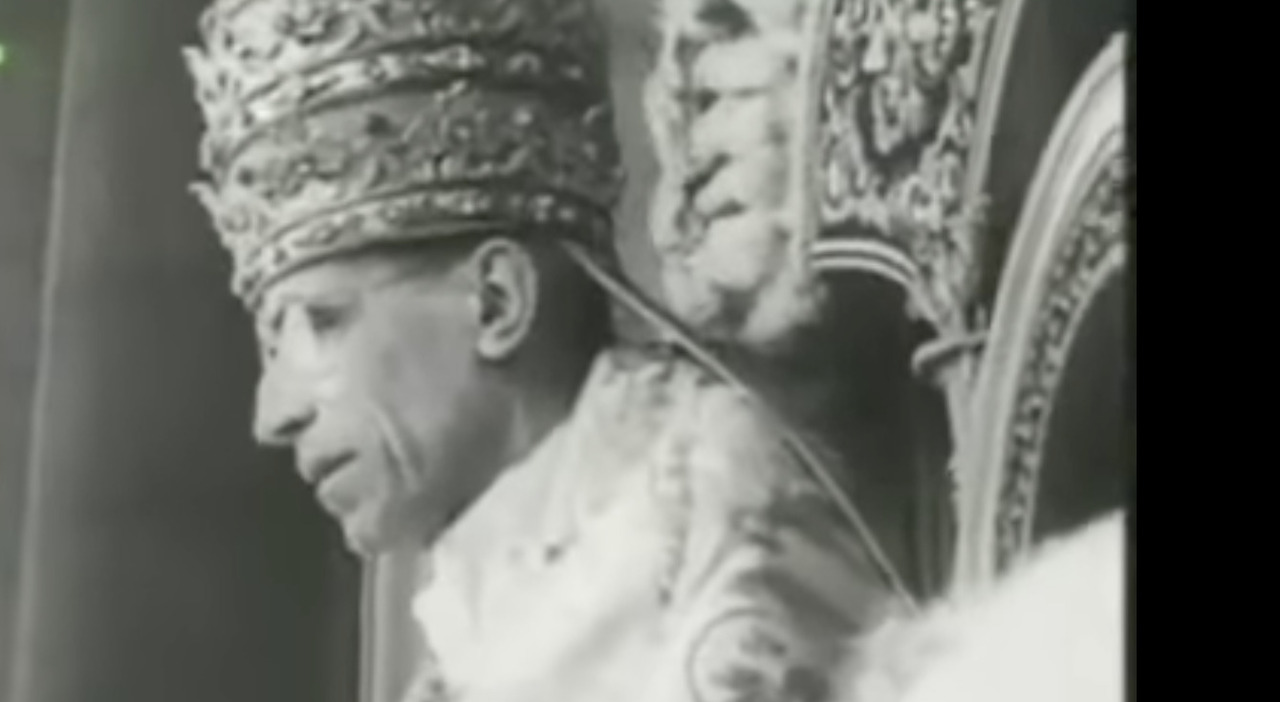Monday 25 March 2024, 09:11 - Last updated: 26 March, 12:33
In 1950, Pope Pius XII, when he first proclaimed the infallible dogma of the Assumption of the Virgin Mary into heaven, made a major mistake in announcing it. More than seventy years later, the blunder has come to light through the scientific and meticulous work of a German researcher who has demonstrated how the dogma of the entrance into paradise of the Mother of Christ was proclaimed with a wrong formulation, even though the gaffe does not technically affect its validity. The incredible story has arrived in Italy thanks to the report of the Catholic agency KNA, which recounted how Professor Matthias Daufratshofer, an eminent church historian from Münster, noticed the omission in the documents of the time and in the audio recordings. According to Daufratshofer's research in the Vatican archives, Pope Pius XII inadvertently omitted the name "Maria" when he solemnly declared the dogma in November 1950. According to the historian, this is amply demonstrated by the files of the Vatican archives that have been recently opened. The intended formula read: "We proclaim, declare, and define: it is a doctrine of faith revealed by God that the Immaculate Mother of God and the perpetual Virgin Mary was assumed body and soul into heavenly glory after the completion of her earthly life". However, during the ceremony in St. Peter's Square, Pacelli read the text with an omissive slip-up and never pronounced the word Maria (Mariam). The dogma of infallibility was adopted by the First Vatican Council in 1870 and was preceded by long internal discussions. Pius XII took up the issue again by sending a circular letter to all the Catholic bishops of the world in 1946. Ninety-eight percent agreed, and Pius XII "invented" a tradition referring to the consensus of the world's episcopate and the "faith of the faithful". According to Daufratshofer, the official proclamation letter also contained a formal error: the signatures of eleven of the 38 cardinals present at the ceremony were missing. The Vatican's masters of ceremony had denied them access to the room where the document was located for unknown reasons. From the perspective of canon law, the document is valid despite these errors.
© ALL RIGHTS RESERVED
This article is automatically translated
